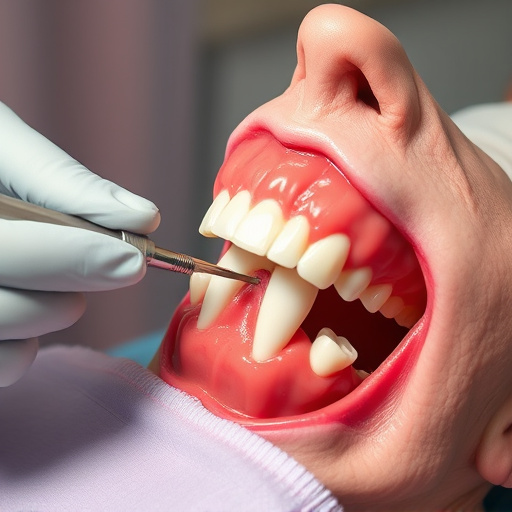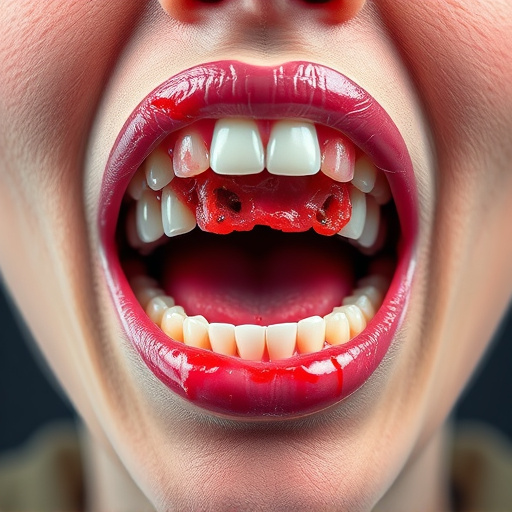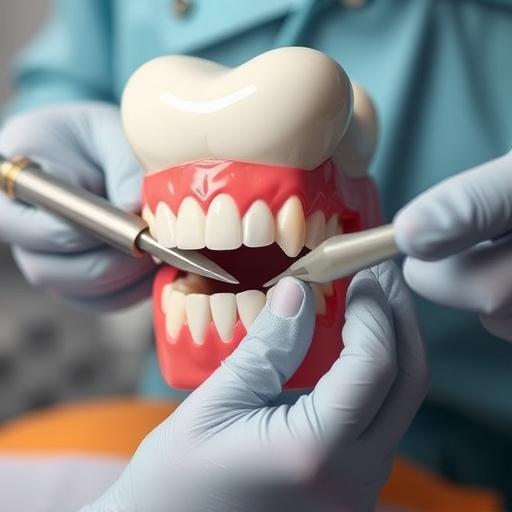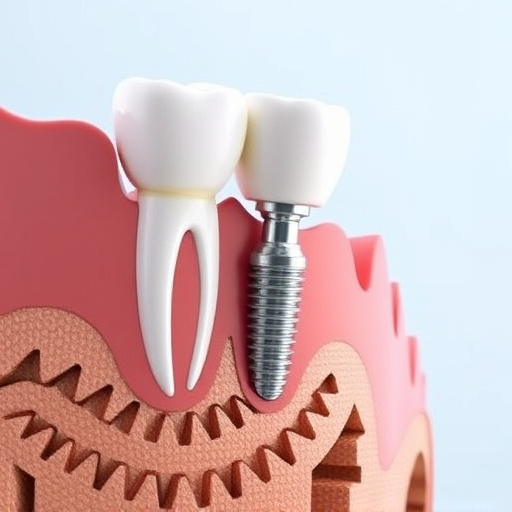Gum disease, caused by bacterial buildup from poor hygiene, leads to gum inflammation, infection, and tooth damage. Early symptoms include bleeding gums, bad breath, loose teeth, and altered denture fit. Treatment focuses on preventing further harm through improved hygiene (scaling), root planing for advanced cases, and restorative dentistry. Scaling is a deep cleaning technique targeting plaque below the gumline. Root planing smooths tooth roots, removes harmful bacteria, reduces future disease risk, and minimizes cosmetic or emergency dental care needs. These non-invasive measures, combined with restorative procedures, provide comprehensive gum disease treatment for optimal oral well-being.
Gum disease, a common yet serious oral health issue, requires effective treatment for prevention and reversal. Scaling and root planing stand out as powerful non-surgical procedures in the combat against gum disease. This article delves into the details of these techniques, offering insights into their roles as comprehensive gum disease treatment solutions. Understanding the causes and symptoms of gum disease sets the stage for exploring scaling’s deep cleaning capabilities and root planing’s precise dental root management.
- Understanding Gum Disease: Causes and Symptoms
- Scaling: The Non-Surgical Deep Cleaning Technique
- Root Planing: Shaping and Smoothening Dental Roots
Understanding Gum Disease: Causes and Symptoms
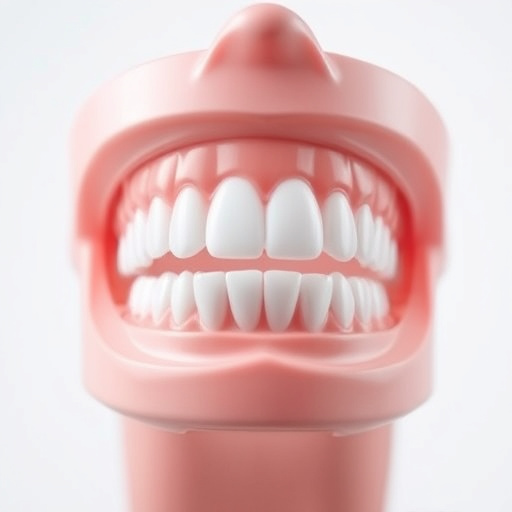
Gum disease is a common yet serious oral health issue that affects millions worldwide. It begins with inflammation and infection in the gum tissues surrounding the teeth, often caused by bacterial buildup due to poor oral hygiene. Over time, this can lead to more advanced stages of the disease, characterized by deep pockets between gums and teeth, bone loss, and even tooth loss. Symptoms include bleeding or tender gums, persistent bad breath, loose teeth, and a change in bite or fit of dentures. Regular dental check-ups are crucial for early detection, as gum disease often shows no apparent symptoms in its initial stages.
The primary goal of gum disease treatment is to prevent further damage and promote gum health. This can involve non-invasive measures like improved oral hygiene practices, including thorough teeth cleaning (dental scaling) to remove plaque and tartar buildup below the gumline. In more advanced cases, a procedure called root planing may be recommended, which involves smoothing and cleaning the root surfaces of teeth to reduce inflammation and encourage healing. Restorative dentistry plays a vital role in addressing any damage caused by gum disease, such as dental fillings or other restorative procedures, ensuring optimal oral health and aesthetic appearance.
Scaling: The Non-Surgical Deep Cleaning Technique
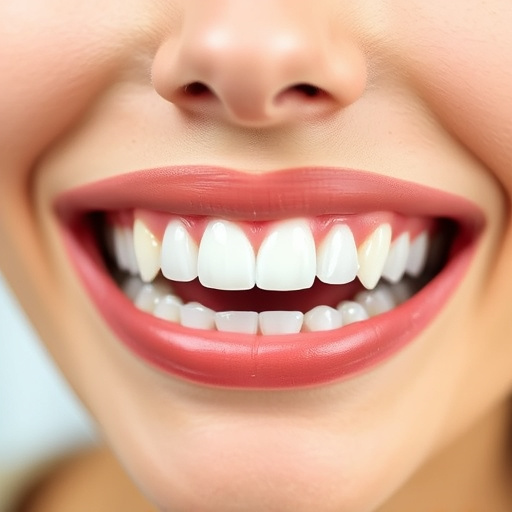
Scaling is a non-surgical deep cleaning technique used as part of gum disease treatment. It involves the meticulous removal of plaque and tartar buildup from below the gumline, where traditional brushing and flossing cannot reach. This process creates a healthy environment for gums to heal and reattach to teeth. A dental professional uses specialized tools to gently yet effectively clean these hard-to-reach areas, preventing further damage and promoting comprehensive dental care.
As a component of gum disease treatment, scaling is often followed by root planing, which smooths the tooth roots to remove any irregularities that might have contributed to the gum disease. This dual approach ensures not just removal of harmful bacteria but also promotes long-term health for the oral cavity, reducing the risk of future gum disease and even cosmetic fillings or emergency dental care needs.
Root Planing: Shaping and Smoothening Dental Roots
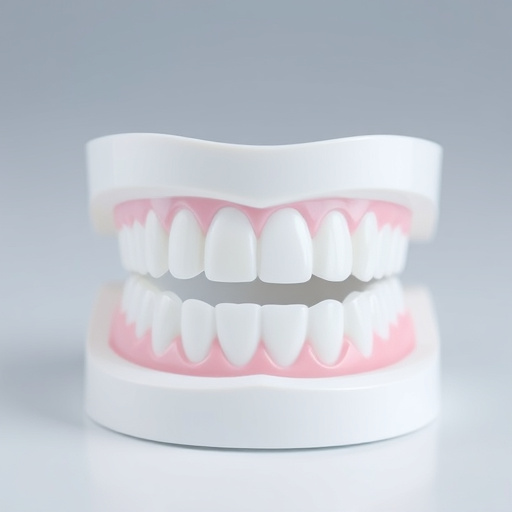
Root planing is a critical component of gum disease treatment, focusing on shaping and smoothing the dental roots to promote healing and prevent further infection. This procedure involves the careful removal of calculus (tartar) and damaged tissue from the root surface, creating a clean and smooth environment for re-attachment of healthy gum tissues. It’s not just about deep cleaning; it’s a precise process that requires skilled professionals using specialized tools to reach and delicately work on the roots, which are often hard to access due to their proximity to bone and other structures.
Effective root planing is essential in mitigating the destructive effects of gum disease. Unlike teeth cleaning methods that target the visible tooth surface, root planing addresses the areas below the gumline where bacteria thrive. By eliminating these pathogens, it halts the progression of gingivitis and periodontitis, reducing the risk of bone loss and tooth mobility. Moreover, this procedure can be paired with cosmetic fillings or clear aligners to enhance both the health and aesthetics of your smile after treatment, ensuring that your gums are as healthy as your teeth.
Scaling and root planing are effective gum disease treatment methods that, when performed by a dental professional, can significantly improve periodontal health. By removing bacterial plaque and calculus from below the gumline through scaling, and smoothing tooth roots during root planing, these procedures help restore oral health and prevent further damage caused by gum disease. Incorporating regular deep cleaning into your dental care routine can be a game-changer in maintaining a healthy smile for years to come.











